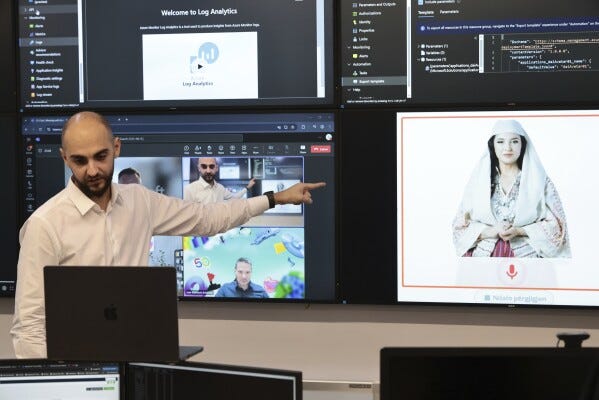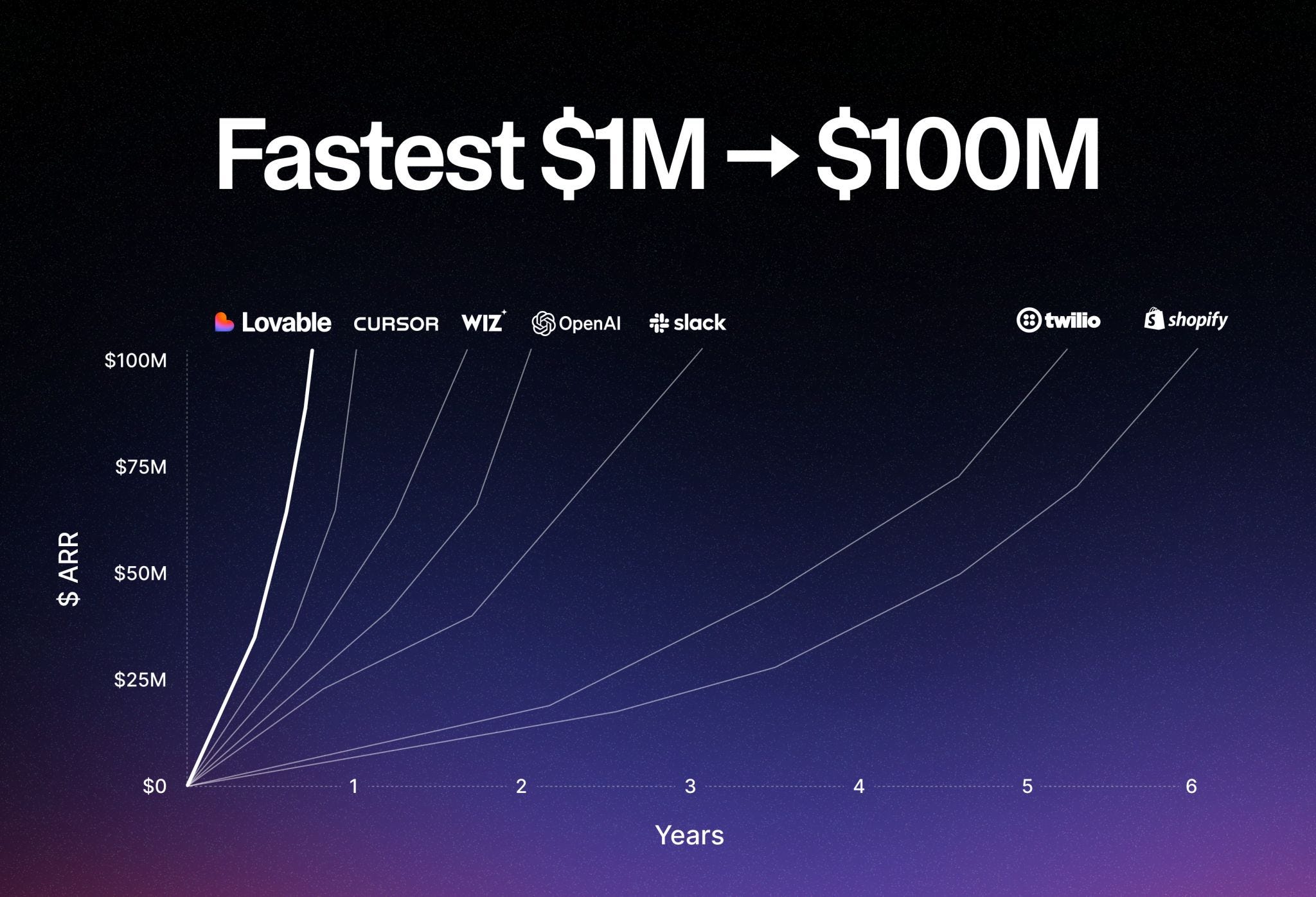Post Content
As AI dominates the tech stage, the intersection of Internet of Things (IoT) and artificial intelligence is taking centre stage. From AI-powered healthcare instruments to autonomous vehicles, there are many cases where artificial intelligence can be used and benefited from on edge devices. However, building an end-to-end architecture to enable such a solution comes with different challenges to other AI stacks, both in training models and in deploying them to the edge.
Building AI applications for edge devices brings numerous benefits, including cost optimisation, real-time insight and task automation. Beyond the usual challenges of latency, security or network connections, organisations struggle to identify the use cases that bring the best return on investment and define the most suitable architecture. Properly defining your architecture is especially important to ensure you factor in the two most vital building blocks of AI at the edge –, one in the data centre, where models are trained or optimised; and one at the edge, where models are packaged, deployed and updated – into your products or services.
Open source solutions enable edge devices in different ways. From operating systems to ML platforms, enterprises can choose from a wide variety of solutions. This abundance of choice can be overwhelming, leading to organisations delaying decisions and not scaling their AI at the edge initiatives.
Join Andreea Munteanu, Product Manager for AI, Steve Barriault, VP of IoT Field Engineering and Alex Lewontin, IoT Field Engineering Manager, to discuss AI at the edge.
During the webinar, you will learn:
?The main challenges rolling out AI at the edge and how to address them
?How to secure your ML infrastructure, from the data centre to the edge
?Key considerations to start and scale your ML embedded projects
?Benefits of running AI at the edge
?Common use cases and how to get them started quickly
?Role of open source in the Edge AI space Read More Canonical Ubuntu
#linux





















+ There are no comments
Add yours